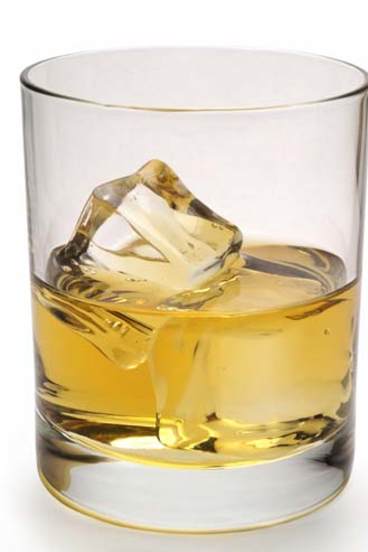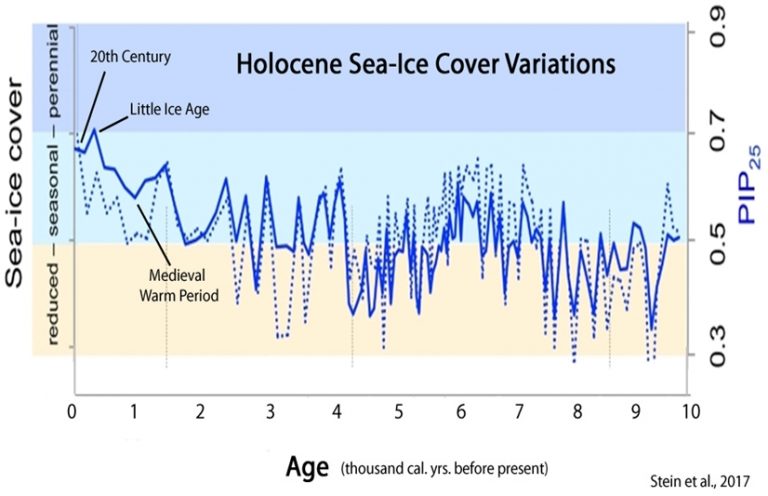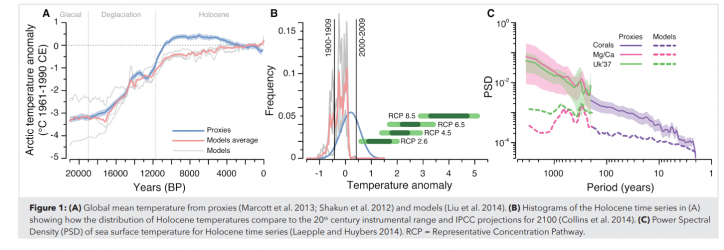Poley Bears want you over for dinner.

There are too many polar bears in parts of Nunavut and climate change hasn’t yet affected any of them, says a draft management plan from the territorial government that contradicts much of conventional scientific thinking.
The proposed plan — which is to go to public hearings in Iqaluit on Tuesday — says that growing bear numbers are increasingly jeopardizing public safety and it’s time Inuit knowledge drove management policy.
“Inuit believe there are now so many bears that public safety has become a major concern,” says the document, the result of four years of study and public consultation.
'So many bears:' Draft plan says Nunavut polar bear numbers unsafe
There are too many polar bears in parts of Nunavut and climate change hasn’t yet affected any of them, says a draft management plan from the territorial government that contradicts much of conventional scientific thinking.
The proposed plan — which is to go to public hearings in Iqaluit on Tuesday — says that growing bear numbers are increasingly jeopardizing public safety and it’s time Inuit knowledge drove management policy.
“Inuit believe there are now so many bears that public safety has become a major concern,” says the document, the result of four years of study and public consultation.
'So many bears:' Draft plan says Nunavut polar bear numbers unsafe






